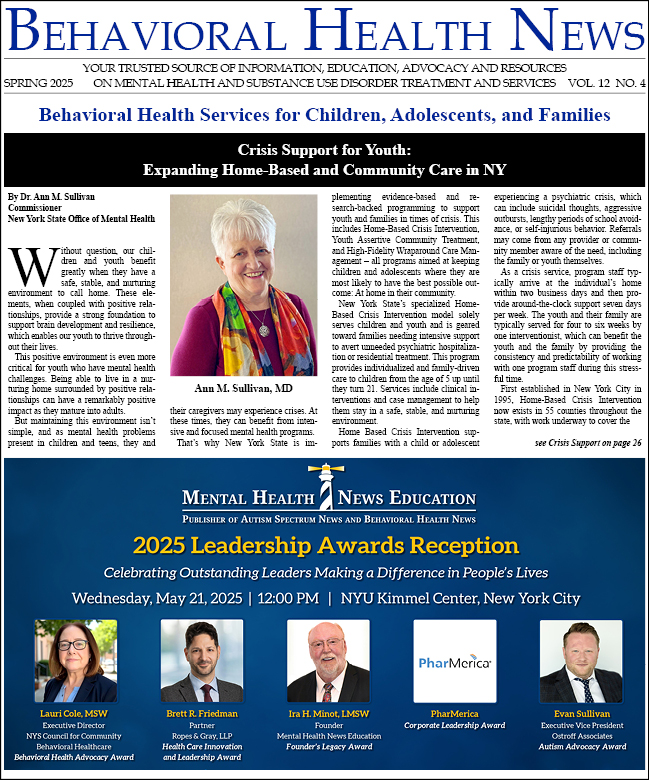-
Suicide Prevention in Institutional and Geographical Context: Perspectives from a University Student and Professor
Suicide is the second leading cause of death among college students. According to a 2017 American College Health Association survey, over half of college students feel hopeless, almost two-thirds overwhelming anxiety, and over one in ten have seriously considered suicide. Among those who receive...
-
Preventing Suicide Among Suicide Attempt Survivors Using an Innovative Support Group Intervention
Despite ongoing prevention efforts, suicide remains a public health crisis, with reports showing an alarming increase in suicide rates over the past decade in the United States (Hedegaard, Curtin, Warner, 2018). From 1999 to 2017, the age-adjusted suicide rate increased by 33%. In 2018, suicide was...
-
Using Local Data to Reduce Suicide Death
Suicide is often considered to be the most preventable cause of death. Yet, recent years have seen steadily rising numbers of loss to suicide in the United States. This rise has occurred despite the cultural shift that has allowed the fact of suicide to come “out of the closet;” despite the...
-
Care Transitions: A Critical Time to Prevent Suicides
The transition from inpatient psychiatric care to outpatient behavioral health treatment is fraught with elevated risk for people with histories of suicidality. According to the National Action Alliance for Suicide Prevention (Action Alliance), suicide rates are 300 times higher for individuals...
-
In the Shadow of the Pandemic: The Suicide Crisis in America
The pandemic, overdue confrontations of racism, and fears about the outcome of the 2020 election have diminished America’s alarm about rising drug overdose and suicide rates. But these epidemics continue, albeit in the shadow of COVID-19. This fall 2020 issue of Behavioral Health News is...
-
The NYSPA Report: Veteran Suicide – The Challenging Epidemic
While COVID-19 information dominates the news cycles, another epidemic lurks in the shadows - suicide. Death by suicide is a shocking and disturbing event, increasing in number despite nationwide efforts and attention. While humans are the only species known to take their own life, there is growing...
-
Suicide Prevention in New York State Schools: Hope and Resilience Among Urban, Suburban, and Rural Districts
New York is a geographically, politically, and culturally diverse state, with nearly 700 school districts serving more than 2.7 million students. Large or small, urban or rural, wealthy or poor, suicide and serious suicidal behavior is a growing concern. Although New York has one of the lowest...
-
Preventing Suicide During the Pandemic
This article is part of a quarterly series giving voice to the perspectives of individuals with lived experiences as they share their opinions on a particular topic. The author is served by Services for the UnderServed (S:US), a New York City-based nonprofit that is committed to giving every New...
-
Suicide and Non-Suicidal Self-Injury in LGBTQ Youth
The suicide rates for youth, especially between the ages of 15 and 19, have increased dramatically. Suicide is now the second leading cause of death for the ages 10 to 24. It is believed that this reflects a higher level of psychological distress in today’s youth. The suicide rates are even...
-
Suicide Prevention in New York State: We Can Make a Difference But We Need All Hands on Deck!
Suicide is a public health crisis that demands our collective attention. Over the past two decades, while we have seen major forms of mortality like heart disease, stroke, and cancer decline, suicide rates have steadily increased both in the United States and New York State (NYS). Since 2000 the...







